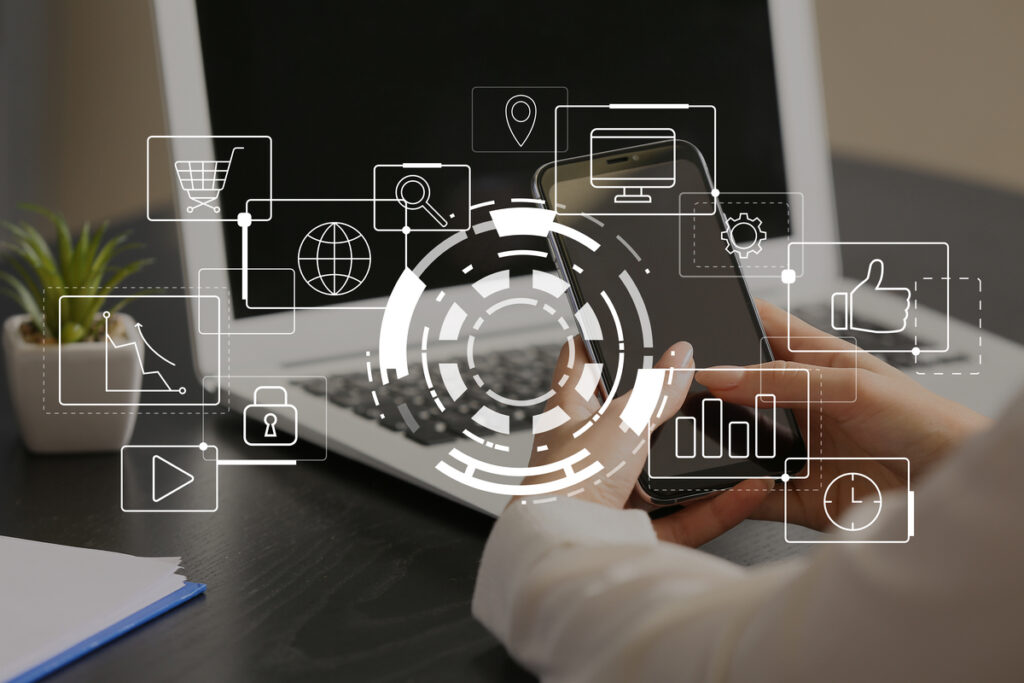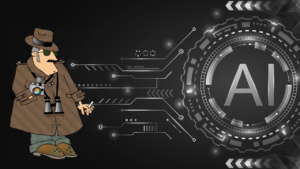Late last year, the staff at Digitate released the results of a survey entitled “AI and Automation: Laying the Foundation for the Autonomous Enterprise.” The survey found, “90% of IT decision-makers plan to deploy more automation, including AI, in the next 12 months.”[1] The survey also found, “More than one-quarter of respondents (26%) plan to implement machine-operated tasks that require limited human input or fully transition to autonomous systems in the next five years. That said, keeping humans in the loop will also remain critical, as 30% reported their organization will have an equal proportion of automation and human processing.”[1] These trends are not new. Over the past several years, my company, Enterra Solutions®, has focused on advancing Enterra Autonomous Decision Science™ (ADS®) because we believe companies, in increasing numbers, will transform themselves into Autonomous Intelligence Enterprises. As Avi Bhagtani, Chief Marketing Officer at Digitate, notes, “IT leaders have long known that AI-powered automation is essential for survival in a digitally driven economy. The research showed most companies realize this and are taking urgent action to increase investments in this area. The difference is that now enterprises are embracing AI and automation to improve business KPIs, and enhance employee productivity as well as customer satisfaction, thereby accelerating their path to the autonomous enterprise.”
Towards the Autonomous Intelligent Enterprise
Supply chain expert Niels Van Hove observes, “Automation has been happening for hundreds of years. It has long been focused on improving productivity of boring, repetitive, or dangerous human activities. We now have automated production facilities, warehouses, and transport in our physical supply chain.”[2] He believes, however, that the business world sits on the cusp of a new era. He explains, “After physical labor, the next step is to automate the knowledge worker, either supporting or automating their cognitive tasks. It will help the knowledge worker plan, simulate, decide, and act if required. It will do so at a higher speed, larger scale, greater consistency, and precision, and with more endurance than any human is ever capable of.”
Van Hove predicts that this transformation will soon be found in the supply chain area. He explains, “One of the holy grails of supply chain management will arrive when we combine both [physical and cognitive automation]. Digitized physical assets, combined with a digital twin of the knowledge worker, can foresee, or detect and react faster to change. According to the book Intelligent Automation, 42% of work can be automated, 32% of work can be augmented, and 26% of work can be eliminated. These numbers account for 84% of the workforce. Supply chain planners in traditional IBP [Integrated Business Processes] will not escape this evolution.”
The fact that automation and artificial intelligence are viewed as traveling companions is not surprising. Kathleen Walch, Managing Partner and Principal Analyst at Cognilytica, explains, “One of the ultimate goals of artificial intelligence is the ability for machines to operate on their own, with little or any human interaction. This idea of autonomous systems makes up one of the seven patterns of AI that represents the common ways that organizations are applying AI. While some of the patterns are focused on predictive analytics or conversational patterns, or systems that can recognize things in the world around us, those patterns still involve human interaction. After all, we need humans to be involved in conversational or recognition systems. However, the autonomous pattern is much more complicated as we’re asking a machine to do something in the real world without a human in the loop.”[3]
Autonomous Systems
According to Walch, “Autonomous systems are defined as systems that are able to accomplish a task, achieve a goal, or interact with its surroundings with minimal to no human involvement. It is also essential that these systems be able to predict, plan, and be aware of the world around them. This is applied both to physical hardware autonomous systems as well as software autonomous systems (software ‘bots’).” One reason autonomous systems are gaining traction in the business world is because the speed of business has become computer speed. Humans simply cannot react fast enough to keep up. Another reason “bots” are being used is to relieve workers of tedious, repetitive tasks and improve the error rate of such tasks. These autonomous systems are generally discussed under the heading of Robotic Process Automation (RPA). Walch explains, “Autonomous systems have the ability to create legal and medical documentation, invoices, and automatically log data. [They] can also help businesses automatically route tickets or workflows. With [their] ability to help with inventory forecasting, improve shipping times, and tracking, it’s easy to see why [autonomous systems are] talked about in a positive light around the area of logistics.”
She adds, “The oft-overlooked fact is that automation does not correlate to intelligence. Just because a system can repeat something that a human instructed it to do does not mean it has the capacity to learn anything. These machines are simply programmed to perform the same task over and over again. The misunderstanding of automation as being something more than just human instructions and programming could be due to the general public’s tendency to envision the version of robots that the media portrays upon the mention of robotics. … The popularity of Robotic Process Automation is real. People want to be able to automate software-based processes that ordinarily requires a lot of human activity.” Unlike RPA, which has been described as a gateway to artificial intelligence, autonomous systems must be able to learn. The combination of RPA and AI is often called “hyper-automation.”
The staff at FPT Software explains, “Hyper-automation is a key enabler of digital transformation, often touted as being necessary for an organization’s survival. … Hyper-automation can deliver enormous benefits, but it is not a point product providing a solution to specific problems. It is a comprehensive approach that streamlines and automates many aspects of an organization’s operations, rather than simply being a bolt-on to existing processes. For its full potential to be realized, processes must in some cases be re-engineered and their interactions carefully examined and adapted.”[4] Walch concludes, “The primary objective of the autonomous systems pattern is to minimize or eliminate human labor. When removing a human from the equation, you need to make sure that the autonomous system is as close to human level performance as possible. As such, you can see that’s why this is one of the harder patterns to implement. Naturally, as autonomous systems aim to minimize human labor, they need to be reliable, consistent, and of a very high standard.”
Concluding Thoughts
According to Walch, “While the autonomous patterns system of AI is arguably the hardest to implement, when done correctly, it can have incredible impact. It is recommended that much thought be put into any step that might involve autonomy. With the many possibilities, the future of the autonomous pattern is a bright one.” I agree. And one of the most important areas in which to apply AI is decision-making. Companies across the globe are faced with the complex challenge of navigating an unprecedented, rapidly changing, and complex market landscape while, simultaneously, maximizing corporate objectives. Companies are seeking solutions that will help them better interpret market signals and make strategic decisions that will drive market valuations. The Enterra Business WarGaming™ offering is designed to meet this demand and provide a unique approach that drives competitive advantage for clients through a blend of AI technology and cutting-edge autonomous business management science. Enterra’s Intelligent Agents can run countless simulations to derive insights and recommendations to help companies achieve their revenue, share, margin, and profit goals. Enterra’s core technology platform has been using human-like reasoning artificial intelligence since its inception to enable organizations to autonomously perform complex data analysis, insight generation, optimization, and decision-making at scale and at the speed of the market. The future of business is here and its foundation is automation and AI.
Footnotes
[1] Digitate, “IT Survey Finds Enterprises Identify Automation and Generative AI as Top Business Priorities,” Business Wire, 5 December 2023.
[2] Niels Van Hove, “Intelligent IBP – The Rise of Autonomous,” Supply Chain Trend, 7 March 2022.
[3] Kathleen Walch, “The Autonomous Systems Pattern Of AI,” Forbes, 30 May 2020.
[4] FPT Software staff, “Future-Proofing Your Business with Hyperautomation,” CIO, 3 October 2023.





